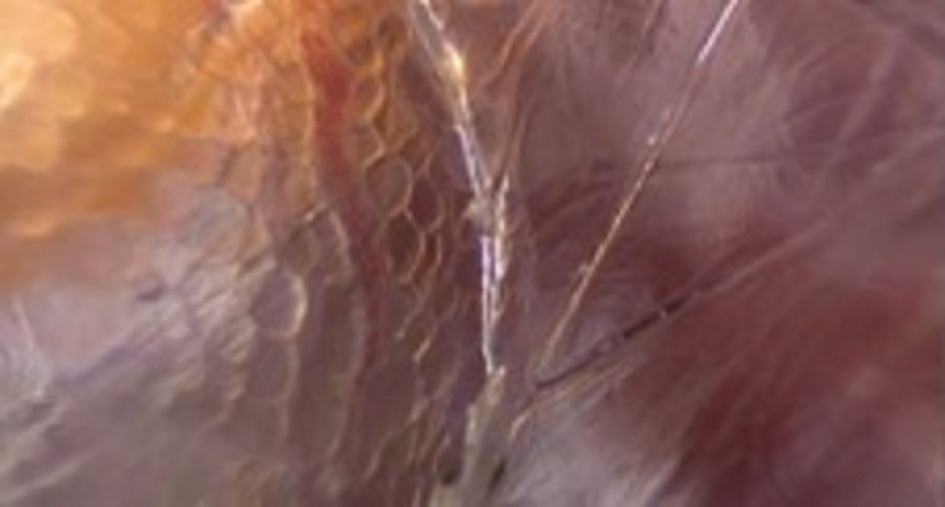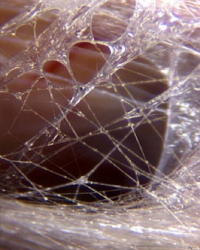
ANATOMY AND MOVEMENT: HOW TO IMPROVE MOVEMENT AND THE RECUPERATION OF PERFORMERS
L'animal a l'esquena (Celrà)
From 25/02/2017 to 26/02/2017
Sergi Plà
( Sergi Plà )

L'animal a l'esquena (Celrà)
From 25/02/2017 to 26/02/2017
Sergi Plà
( Sergi Plà )

Course on Anatomy and Movement
From 11.00 to 18.00
Price: 60 euros
If you are interested, email to enrol at info@lanimal .org
The design of the human anatomy, like that of any other animal, encourages movement and this therefore makes us healthy. The progressive loss of awareness of our own vital rhythms leads to badly co-ordinated, inharmonious and restricted movement. Understanding how our organism is structured will help us recover and develop a balanced body language.
From 11.00 to 18.00
Price: 60 euros
If you are interested, email to enrol at info@lanimal .org
The design of the human anatomy, like that of any other animal, encourages movement and this therefore makes us healthy. The progressive loss of awareness of our own vital rhythms leads to badly co-ordinated, inharmonious and restricted movement. Understanding how our organism is structured will help us recover and develop a balanced body language.
Sergi Pla invests all his knowledge, gained through study and research, into this course, in which all aspects of movement will be covered.
Aims
Understanding the anatomy based on the fascial model
Recognition of vital rhythms and awareness of balanced organic movement
Use of movement as a tool for health
Structure of the Course
Twelve hours training spread over two days.
Presentation and Introduction
Definitions of anatomy and movement.
Introduction of the idea of organic movement as a basis for voluntary movement (demo).
Anatomy
Understanding the fascial model as a basic structure of the human anatomy.
Dissection of plants
Illustrative videos
Movement
Recognition of vital rhythms: primary and secondary breathing (organic movements):
Brief theory of the breathing mechanism
Practice: observation of vital rhythms
Development of voluntary movement (body language) through the awareness of organic movement:
Basic dance exercise using the concepts we have learned
Fascial Anatomic Model
Discussion of the concepts we have learned.
Brief theory of the Fascial System:
Fascia: concept, functions and basic structure
Concept of holisticism
Phenomenon of compensation
Injuries to the fascial system
Practice in recognising our own myofascial system.
Introduction of the idea of using movement to solve physical limitations: remodelling the myofascial system.
Conclusion and Discussion
Conclusions
Questions and discussion.
Aims
Understanding the anatomy based on the fascial model
Recognition of vital rhythms and awareness of balanced organic movement
Use of movement as a tool for health
Structure of the Course
Twelve hours training spread over two days.
Presentation and Introduction
Definitions of anatomy and movement.
Introduction of the idea of organic movement as a basis for voluntary movement (demo).
Anatomy
Understanding the fascial model as a basic structure of the human anatomy.
Dissection of plants
Illustrative videos
Movement
Recognition of vital rhythms: primary and secondary breathing (organic movements):
Brief theory of the breathing mechanism
Practice: observation of vital rhythms
Development of voluntary movement (body language) through the awareness of organic movement:
Basic dance exercise using the concepts we have learned
Fascial Anatomic Model
Discussion of the concepts we have learned.
Brief theory of the Fascial System:
Fascia: concept, functions and basic structure
Concept of holisticism
Phenomenon of compensation
Injuries to the fascial system
Practice in recognising our own myofascial system.
Introduction of the idea of using movement to solve physical limitations: remodelling the myofascial system.
Conclusion and Discussion
Conclusions
Questions and discussion.
